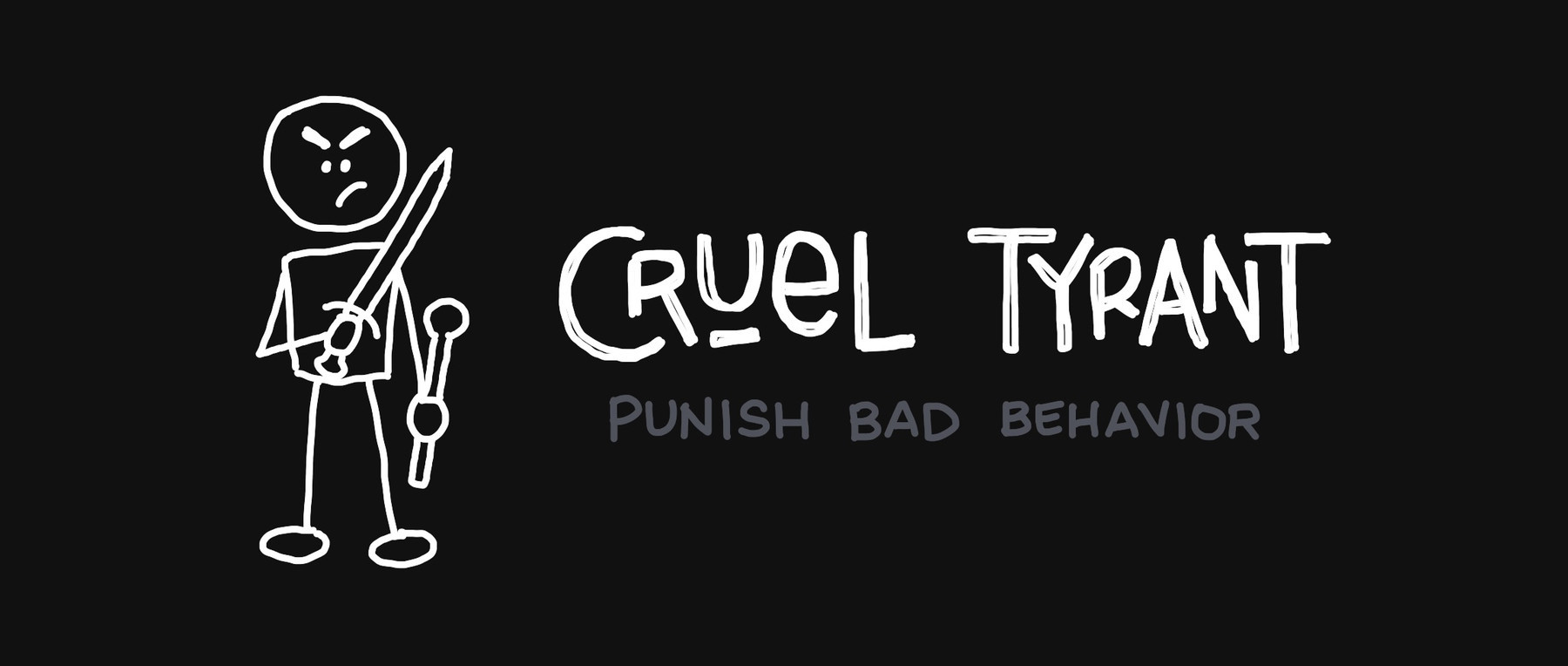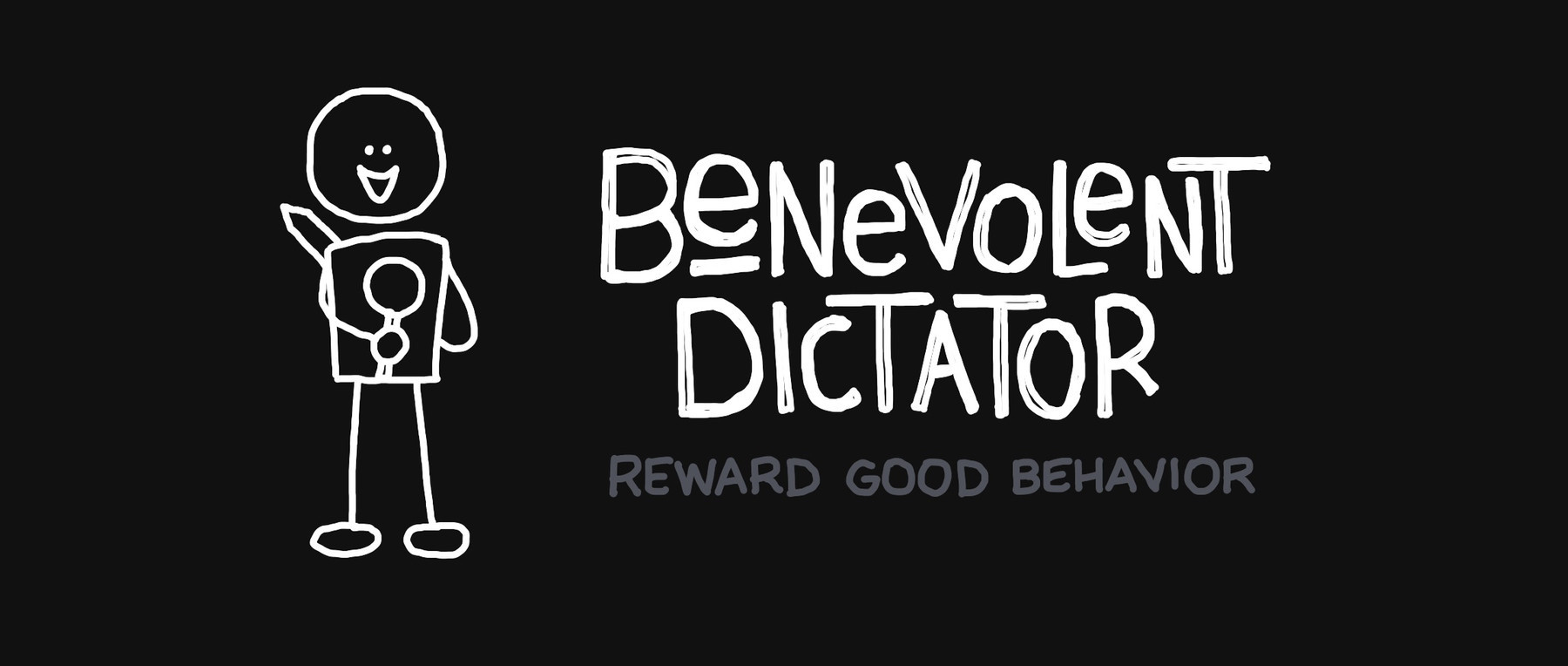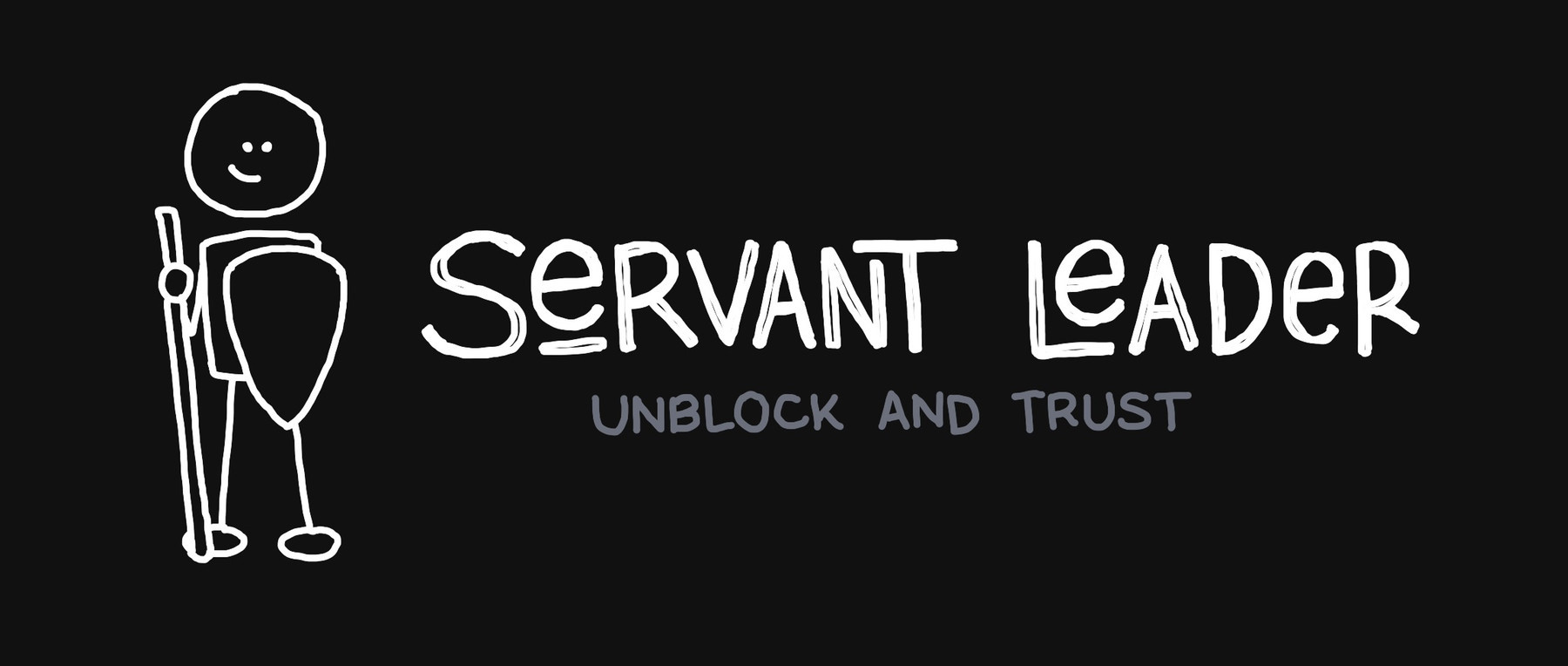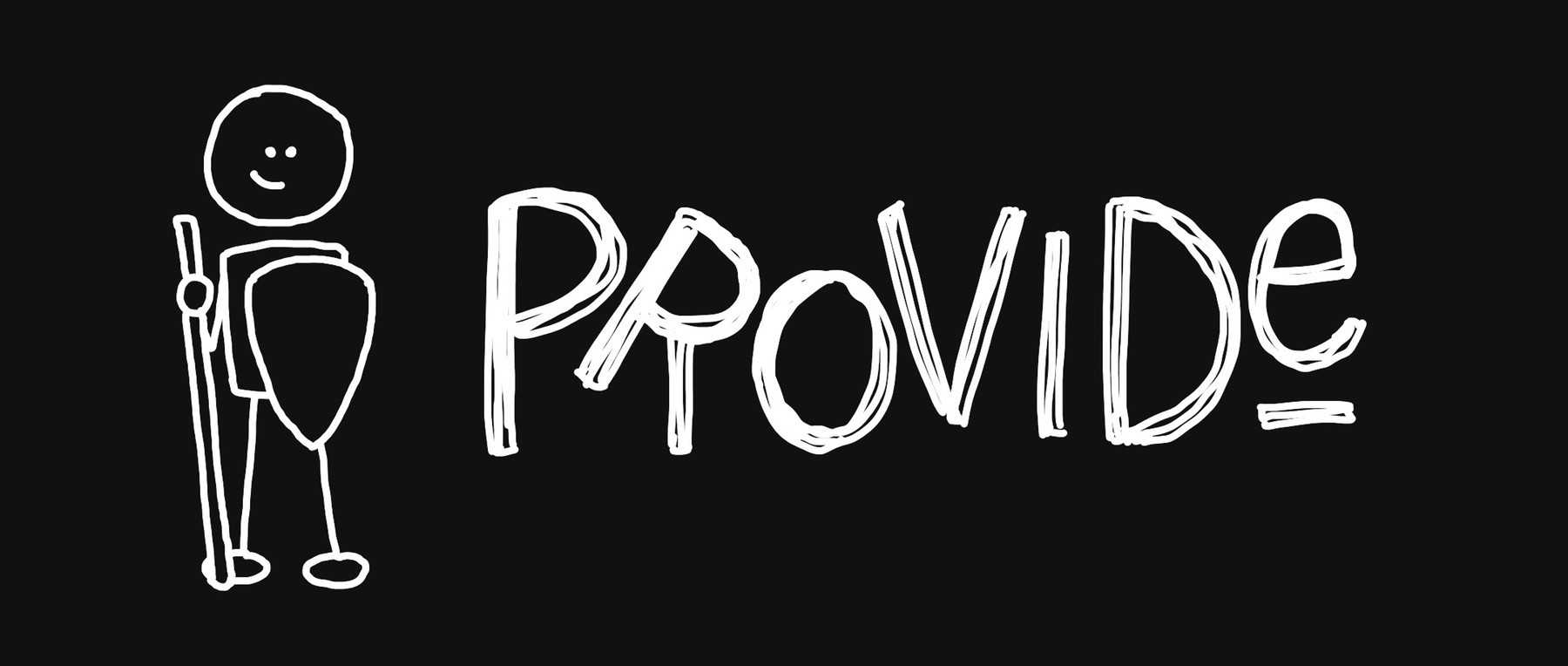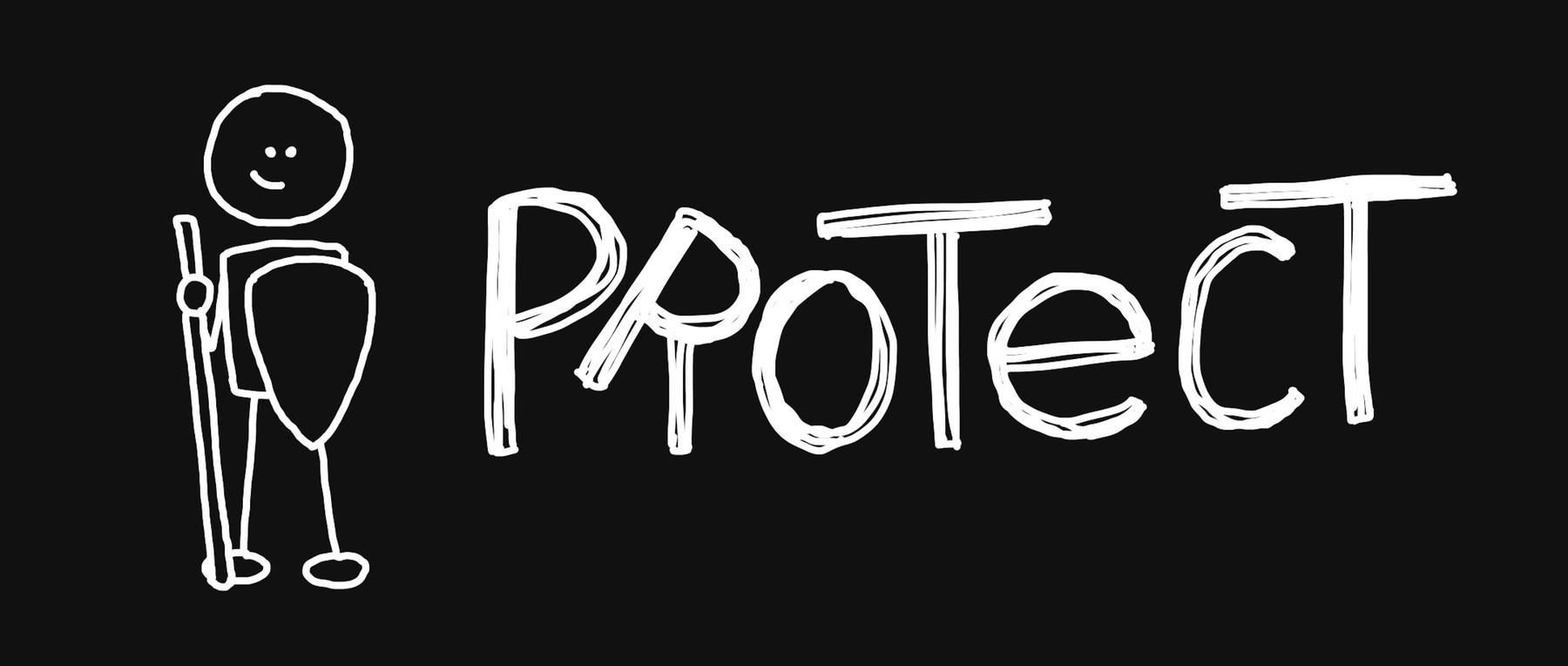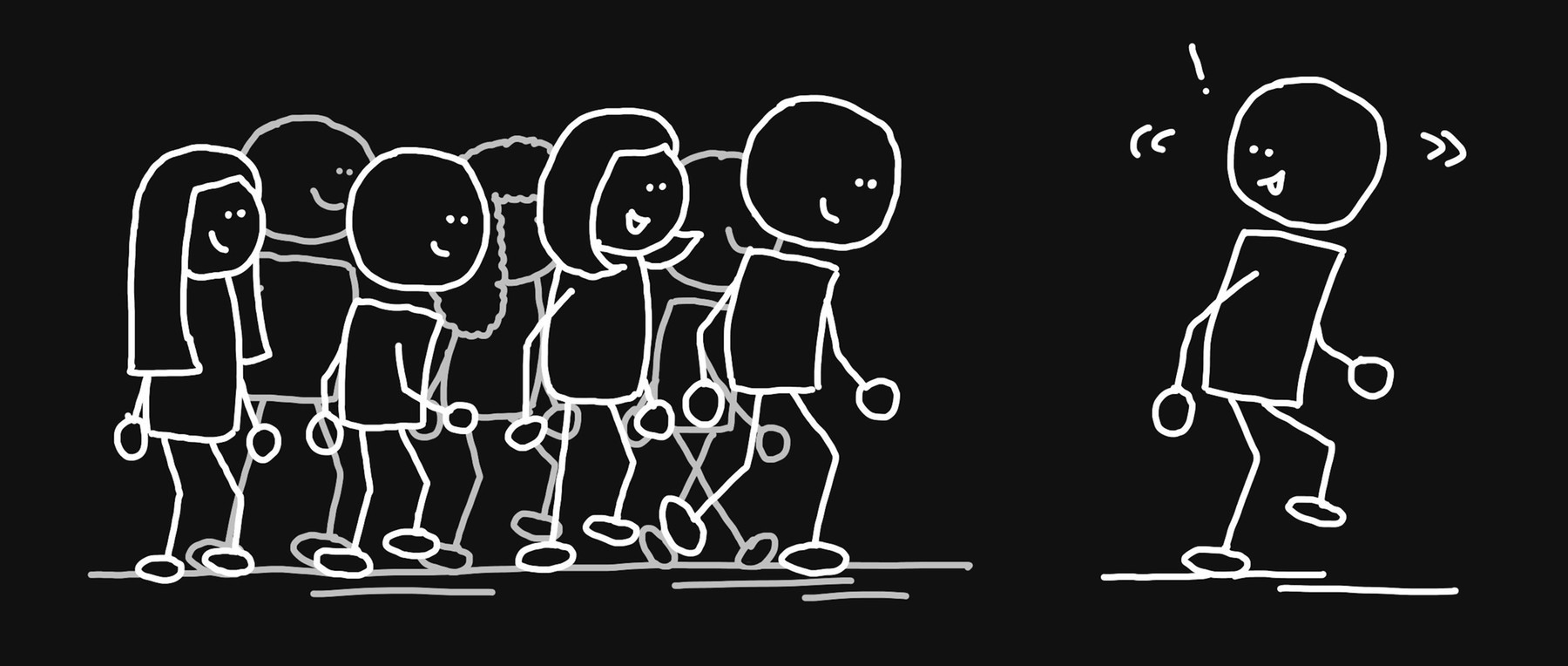🛡 Communication synchronicity
A huge part of seeing and treating others as people, as well as increasing efficiency and productivity, involves understanding when to communicate asynchronously, and when to be synchronous.
We often default to ways of communicating that reduce others to objects and decrease their and our ability to work well. We are inundated with information, and yet spend little time considering different modes of communication and deliberately deciding which to employ.
tl;dr
Default to asynchronous communication to honor others as people, improve critical thinking, and increase productivity.
Asynchronous most of the time, synchronous when needed
Executive summary
Many different methods of communication exist, and we should be thoughtful about which one we choose to use for a given moment.
Synchronous, or real-time communication expects immediate responses. This includes forms such as meetings, drive-by interruptions, and chat pings. Benefits include speed, information density, and impacts on relationships. Costs include treating people as objects, less critical thinking, and productivity losses.
Asynchronous communication decouples the message and response. Forms include email, chat, and long-form writing. Costs include delays, possible misinterpretation, and additional required skills. Benefits include slowing down, respect, and productivity increases.
Organizations should find a balance in synchronicity. I recommend four concrete steps to improve communication. First, establish cultural norms explicitly. Second, hold fewer better meetings. Third, move more to asynchronous communication. And fourth, establish a single shared repository for information. As part of these recommendations, I strongly encourage that email is eliminated as an internal communication method.
Full thoughts
Synchronicity definitions
I want to start with the distinction between synchronous and asynchronous communication. Here are my own definitions:
Synchronous. Real-time communication where the delay between a message and response is expected to be next to nothing.
Asynchronous. Communication where the message and response are decoupled. The sender has no expectation that the receive will reply immediately.
Communication methods
As part of defining synchronicity, I think it is useful to identify some of the methods we use to communicate with others. Here is a possible hierarchy, from the most synchronous to the most asynchronous.
- Planned in-person conversation
- Shoulder-tapping
- Planned video call
- Planned audio call
- Unplanned call
- Personal text message
- Direct chat message
- Mention in group chat
- Request through workflow process
- Message in group chat
- Personal email
- Group email
- Mention in wiki1
- Wiki post in monitored space
- Wiki post in unmonitored space
Where I have seen the most problems is in the emphasized middle section. This is due to a mismatch in expectations. One person may expect an immediate response and become frustrated at any delay, where the other person thought that they could respond when convenient.
Synchronous communication
In many organizations, the default method of communicating has become synchronous. We often talk about the work instead of doing the work.
Meetings
Meetings appear to be the most efficient way to gather information, or align a group. Meetings are held to get status updates, or communicate direction and vision for a project. We come together to brainstorm or to make decisions. We call groups together so that no one is left out or lacking important details about something that might affect them. In a meeting-addicted culture, we default to “getting the right people together” in order to solve something. As I will discuss later, there are many hidden costs to meetings that we rarely consider when scheduling or hosting them.
Drive-by interruptions
When people are colocated, there can be a temptation to walk over to someone and ask them a question directly. We often preface this interruption with a platitude, “Sorry to interrupt, but…” or “Quick question for you…” or “Do you have a minute?” This kind of interaction is insidious, because it appears to be efficient. The needed information or decision is received quickly, and then both people can move on with their work without being blocked. I will address some of the true costs in a minute.
Chat ping
Whether we are colocated or remote, the chat ping is one of the most frequently used forms of hidden synchronous communication. One person reaches out to another using some electronic tool with a question or request for a decision, and has the expectation of an immediate response. The expectation is not always made explicit, but is often made clear through repeated or impatient follow-up messages. Again, this interaction has the appearance of efficiency, with the true costs being hidden beneath the surface.
Synchronous benefits
Part of the reason that we engage in synchronous communication so often is that there are many benefits, both real and perceived. I want to explore three of those benefits.
Speed
When we come together and work through an issue or discuss a problem or brainstorm a solution, we are able to accomplish more in a shorter period of time. For emergency situations, this is vital. We do not have time to go back and forth and get everyone’s opinion or thoughts—we need to act.
Some of the situations that most benefit from being able to move forward more quickly are brainstorming and decision-making. When we are in a divergent phase of ideas where we want to explore more, coming together can facilitate this. People are inspired by others, and have ideas sparked by those that they hear, and we are able to generate many more ideas. When a decision needs to be made, it is often most efficient to finalize the discussion together and then have the person responsible make the final call.
Information density
Another benefit of synchronous communication is that we are able to take in more information at the same time. As humans, we are wired to process non-verbal cues alongside any explicit information that is being transferred. Having the opportunity to see and hear others as ideas are discussed or opinions are shared provides the ability to take in more information than would otherwise be possible.
Impact on relationships
We are social creatures. We connect to others through seeing and hearing each other, and even more so by being physically present. Whether we are on a phone call, a video call, or together in person, we have the chance to strengthen the bonds between us. Through active listening, we can demonstrate to the other person that they matter to us, and they can see in a literal sense that we care about them.
Synchronous costs
People as objects
The first cost of defaulting to synchronous communication is that we view others as objects. Instead of respecting their needs and priorities, we impose our will on them. We value our time and our efficiency over theirs. We reduce others to repositories of information, or decision-making vending machines.
Less critical thinking
Synchronous situations are more charged and potentially stressful. We require those present to think through the matter at hand immediately and be able to share their thoughts. Some people thrive in this environment. Many people do not. Nearly all of us benefit from having time to collect our thoughts and deeply review the information that is relevant to whatever we need to discuss.
Productivity losses
I mentioned before that defaulting to synchronous communication has the appearance of efficiency and productivity. This is an illusion.
When we gather a group together for a meeting, it can seem as if the meeting was a simple one hour event. But in reality, if ten people attend, it was a ten hour meeting. We fail to consider the opportunity cost of having those people stop whatever they were doing in order to participate.
Another major problem with a meeting is the limiting effect it has. Meetings give privileged access to the attendees that is not afforded to current or future team members that may be in need of that access.
Part of the productivity hit that comes from an interruption is the recovery time. Every employee can benefit from uninterrupted focus time to consider their work and how they might approach it better. Having dedicated blocks of uninterrupted time is even more vital for knowledge workers. Many people in provide the most value through creative problem solving. Having meetings or other interruptions destroys a person’s ability to focus deeply.
Asynchronous communication
Methods
There are different forms of asynchronous communication available to most workers. There are three that I want to mention separately.
The most common form is email. This is the tool that many people naturally employ in order to reach someone else, either to provide or to request information. It is a simple, ubiquitous way to communicate with others.
Chat
Many organizations adopt some form of instant messaging software to allow employees to reach others more directly. This is a fantastic way to reach others when used properly and recognized as an asynchronous tool. It can also turn into an all-day meeting where attention and focus are constantly interrupted.
Long-form writing
Many organizations also have some kind of wiki or shared repository of information. In the best environments, everyone can access all content, except sensitive information that needs to be protected.
As compared to the previous two of email and chat, long-form writing has the effect of helping the creator solidify their thoughts more fully. When this writing is in a shared space, it also leads to greater access and can empower people to accomplish more on their own.
Asynchronous costs
Delays
One of the first problems that most people see with asynchronous communication is an increase in overall time. Because answers are not immediately provided, people are waiting more often. This can lead to decisions being held up, or people wasting their time waiting on others. As I will explore later, this is not all bad, but it is a very real cost and needs to be considered.
Possible misinterpretation
Many of us have had the experience of sending someone an email or a text, and having our intent completely misunderstood. Written communication can lack some of the nuance that is conveyed in facial expressions, body language, or tone of voice. If we are not careful, moving more to asynchronous communication can result in colder relationships or conflicts, whether perceived or real.
More skill required
Not everyone is a skilled writer. Many people struggle to be concise in writing, and are not practiced at sharing their thoughts in a coherent way. Taking the time to write out our thoughts can have the effect of crystallizing our thinking, which can help us deliver it more clearly, whether through writing or not. But a very real cost of moving to more asynchronous communication is that people will need to practice more and become more skilled at sharing their thoughts in written form. This can take time, and can be frustrating to some people.
Asynchronous benefits
Asynchronous communication is not always the best or the right fit, but it can have many advantages.
Slowing down
One of the first is that it is often slower. At first glance, this seems like more of a disadvantage, but in most cases, it leads to better outcomes. Take the example of an important decision. Our instinct may be to call a quick meeting of everyone involved or affected and come to a decision so that it can be implemented. In a true emergency situation, this is exactly what we should do. But most of the time, we benefit by slowing down the process and giving those involved time to consider the situation and the implications of different courses of action. This leads to a better decision in the end.
Respect
Another major advantage of defaulting to asynchronous communication is the respect it demonstrates to other people. In this way, we truly see and value others as people, and do not reduce them to objects. We recognize that they will have their own needs and priorities that may or may not align with ours. When we communicate in a way that allows others to process and address our message at a time that works best for them, we honor them and improve our relationships.
Productivity increase
A natural consequence of these first two advantages, and an advantage in its own right, is an overall increase in productivity. In the case of decision making, being able to make a better decision the first time means that there will be fewer negative consequences and time lost revisiting the issue down the road. In the case of information requests, an individual is able to find out information by themselves without having to ask anyone. This preserves the time and attention of the person who is the potential source of the information, as well as the person who needs the information. This empowers people to more easily solve problems by themselves.
Recommendations
Overall, my strong recommendation is that organizations and individuals find a healthy balance between synchronous and asynchronous communication. There is no one-size-fits-all approach, or magic formula that will work for everyone. As with most things, the best results often come from a middle path where we avoid extremes in either direction.
That being said, I believe that this general rule is helpful:
Asynchronous most of the time, synchronous when needed
I have a few concrete recommendations that build on each other, starting with the simplest and most immediate and moving to the most involved and potentially challenging.
Establish cultural norms
My first recommendation is the easiest to implement. I shared earlier a list of different communication methods. Individuals, teams, departments, and even the organization as a whole can create a list of the communication methods they choose to follow in. Additionally, this list can establish expected response times.
An example is as follows:
| Method | When appropriate | Expected response time |
|---|---|---|
| Repeated calls | Emergency situation | Immediate to a few minutes |
| Direct call | Urgent situation | Immediate to an hour |
| Direct message/mention | Timely response needed | Within half a day |
| Wiki comment | Important decision | Within one business day |
| Wiki mention | Information request worth saving | One to three business days |
| Group message | Non-urgent one-off information request | One to three business days |
| Wiki post | Information sharing | Within one week if needed |
| External email | Communication outside organization | One to three business days |
| Internal email | Not appropriate | No response expected |
Establishing and publishing such a list can help build a culture that prioritizes meaningful work and creates space for people to do that work. This can also ensure that needed information flows throughout the organization and becomes increasingly available for everyone who might need it.
Fewer better meetings
My second recommendation is to improve the quality of our meetings. Too often, we get together just because of tradition, or because it seems to make sense that we should get a few people together. We lack purpose and clarity in why we are meeting, and we invite too many people.
We need to meet less often. And when we do meet, we need to have a clear purpose. One simple approach is to start the meeting with a question, and when that question is answered, stop the meeting.
We need to weigh the benefits and costs and consciously choose that a meeting is the best way to achieve our desired outcomes.
Move more to asynchronous
My third recommendation is that we start defaulting to asynchronous more of the time. A practical example of that would be to use chat tools more often, and to consider them as truly asynchronous tools. Instead of messaging people directly, ask your question in a space where multiple people could see it and answer, and then move on to other things that you need to do. Get in the habit of not expecting an immediate answer.
The necessary corollary to this is that we become more reliable at checking in on messages that we have received and responding in a timely manner. If we are in a role that needs to provide information to others to unblock them, we respect them by checking more regularly and responding more quickly. But we still honor ourselves and those we help by focusing on the deep, meaningful work we can do most of the time, and spend less of our time responding to interruptions.
Single shared repository
My next recommendation is to reduce the number of tools used for communication, and particularly the places where people need to look for information. The first and most pressing need is to eliminate email as a communication method as much as possible. Email is inherently limiting while also producing noise and distraction. When important information is communicated via email, it is available only to those who received the email. Because of this, often too many people are included in an email to mitigate the risk of excluding someone. This is a pernicious practice that perpetuates exclusion and pulls people away from their most important work.
In my previous recommendation, I stated that more communication should happen via chat. Here I want to go a step further and say that our most important communication should happen in a shared space such as a wiki. If we reach decisions in chat, they should be recorded in the wiki. Even better, longer discussions and decisions can be reached in the wiki itself. We can make use of commenting features to allow people to share their thoughts and ideas in the context of the necessary information. This encourages people to take the time to form their thoughts, and to share a complete thought rather than a line at a time.
One crucial aspect to this is standardizing on the repository for this important information. Too often, different departments each store their information in a way that is traditional for them, and so information is scattered across many different tools. An organization has to be willing to prioritize effective communication and invest the time and money in selecting, promoting, and using a shared tool.
Conclusion
Communication is central to all that we do as people, particularly in the workplace. The methods that we choose to employ, and the habits that we form will dictate the kind of work that we are able to perform. Synchronous communication has a valuable place, but when it is overused, drastic consequences can follow. Asynchronous communication as the default respects people as people, creates space for critical thinking, and increases productivity. Choose to value the people currently in your organization, and those that will join later by committing to communicating asynchronously more often.
-
This step should be higher in the hierarchy in my opinion, but this represents a practical assessment of how I have seen messages and responses handled. ↩︎


